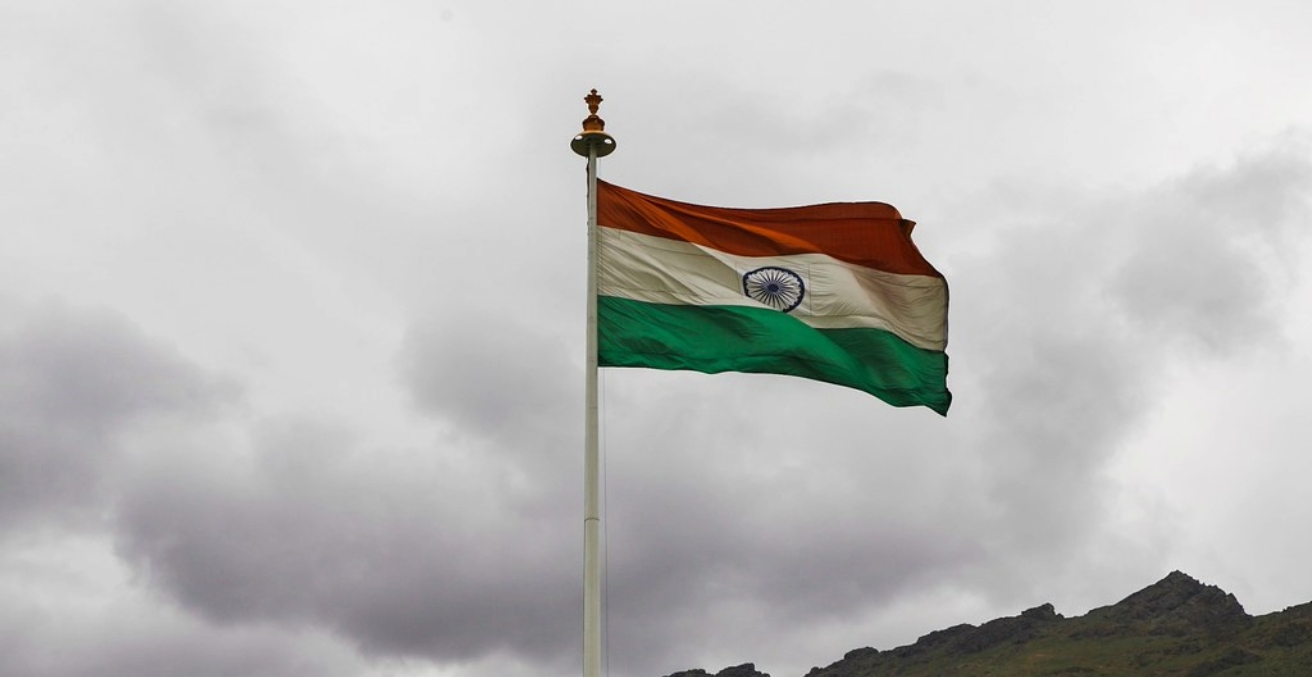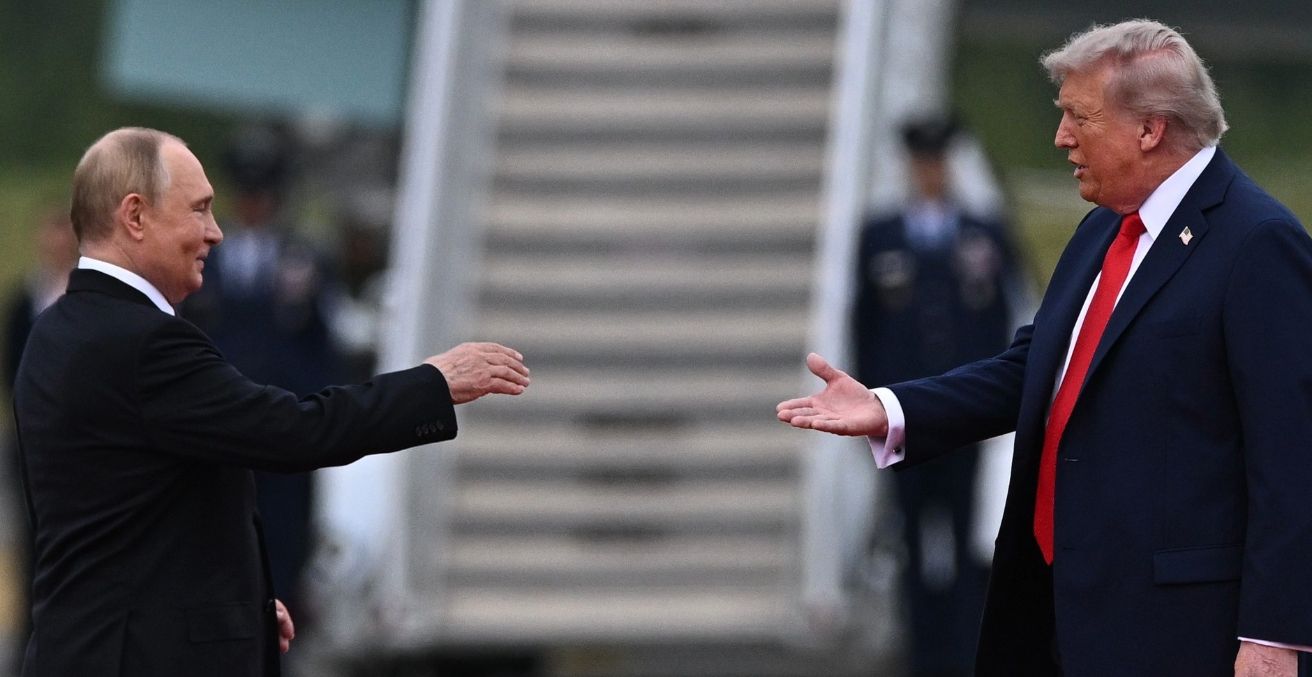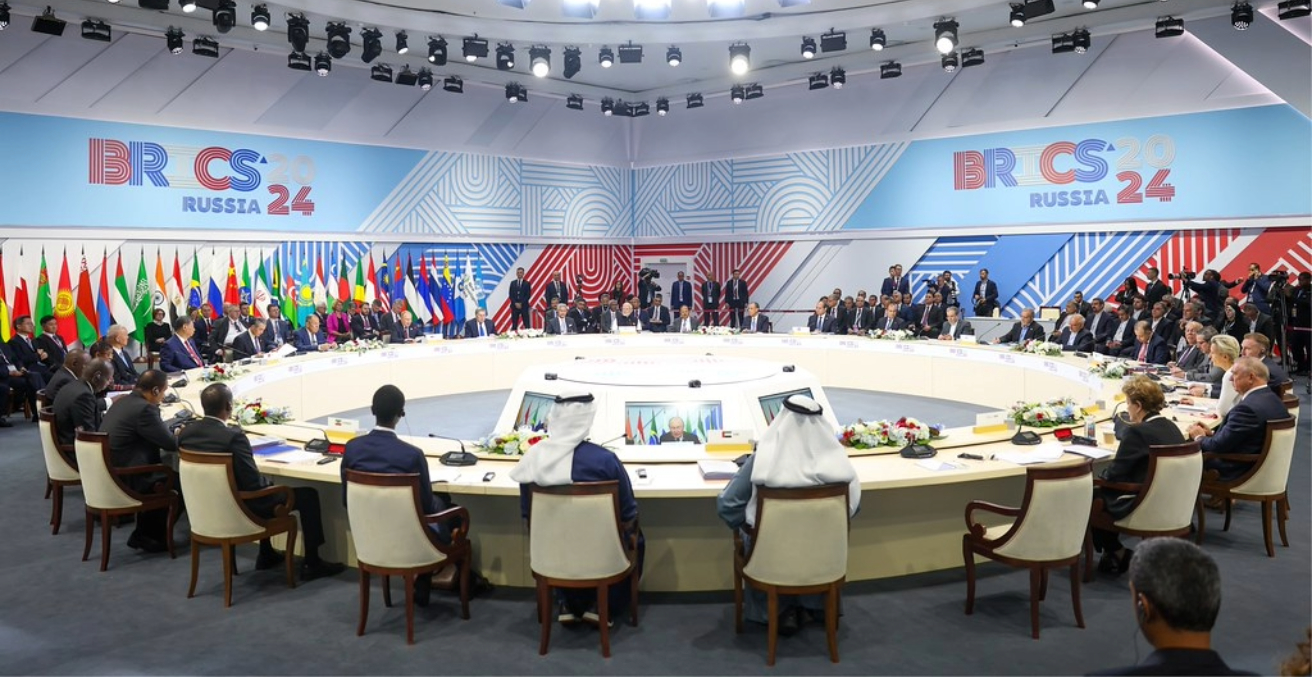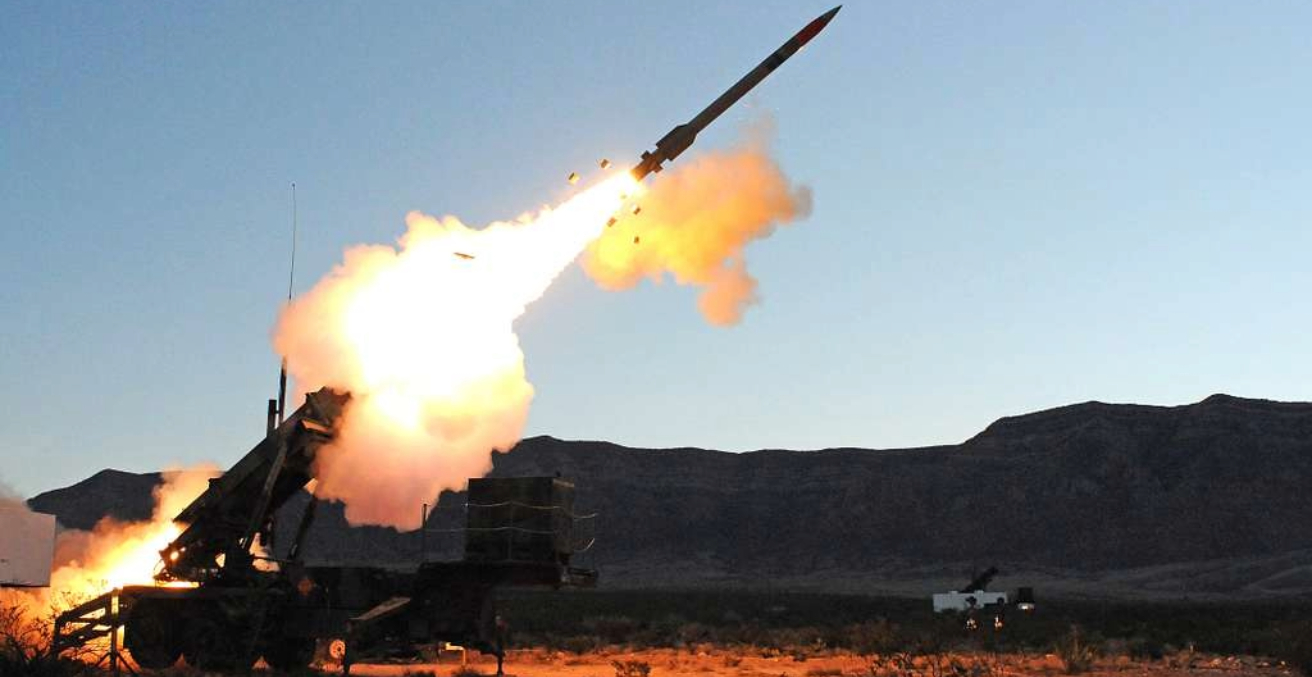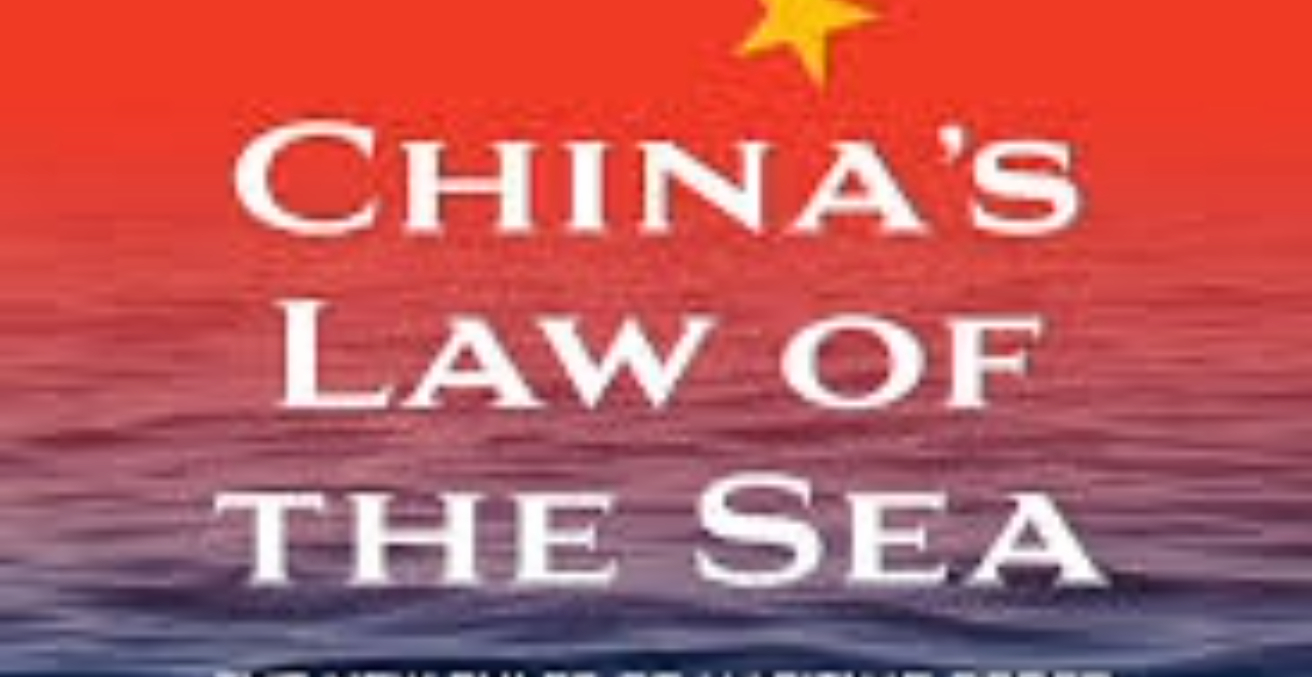India’s democratic rituals remain lively, but the institutions supporting them are under growing pressure from centralised power, opaque funding, and weakened checks and balances. While the Independence Day spectacle continues, the deeper concern is whether the republic still upholds the fairness and pluralism symbolised by the tricolour.
Each year, on 15 August, India marks its freedom with a choreography so familiar it feels timeless: the Prime Minister’s address from the Red Fort, the aerial tricolour, the liturgy of unity. This is a nation that has held more competitive elections than any other democracy on earth, an achievement that deserves respect. Yet the ritual increasingly sits beside a harder question about the referee, the rulebook and the players. India’s institutions still deliver elections at scale, but the quality of the contest and the civic compact around it have been eroded by a decade of incremental shifts which now amount to a structural tilt.
The first weakness lies in confidence in the electoral process. The Election Commission of India once enjoyed a reputation for austere neutrality, the kind of referee whose authority was accepted even by the losing side. That reservoir has been depleted by public spats with the opposition, by the sight of protesters branding the institution a “vote thief,” and by legislative changes that concentrated influence on appointments within the executive. Even if the formal procedures remain intact, the perception that the umpire can be chosen by one team corrodes trust in the scoreboard. The point is not that every allegation must be true, it is that suspicion has become the default setting.
Mechanics matter. Electronic voting machines and the voter verifiable paper audit trail (VVPAT) were introduced to add speed and verifiability, not to birth conspiracy. But the audit regime remains narrow, data releases often come late or in inaccessible formats, and the processes for voter-roll revision are opaque enough to sustain allegations of deletions or duplications. None of this proves manipulation, but it does sustain a politics of doubt. In a country where margins can be wafer-thin and uncertainty is tinder, every glitch becomes a grievance, and grievance becomes strategy.
The second weakness is the pre-election climate. Investigative agencies have been deployed with zeal in a manner that appears less like blind justice and more like political choreography. Raids, summonses and asset freezes crowd the months before a vote, cases limp along for years and convictions are rare. In practice, process itself becomes punishment. The same pattern appears lower down the chain: local administrations use licensing, policing and municipal powers in ways that make protest costly and civic organising precarious. A confident state should enforce laws evenly, a nervous one uses enforcement as leverage.
Money is the third distortion. Campaign finance in India has drifted towards opacity and concentration. Donor anonymity, coupled with the expansion of corporate giving, has produced a funding pipeline that few citizens can trace and few parties can resist. The result is a politics tethered to large cheques and ad buys, in which the incumbency advantage is magnified by access to state resources and the informal pressure that follows. When citizens cannot follow the money, they cannot follow the motives, and the marketplace of ideas begins to look like a mall with one anchor tenant.
The media environment reflects this concentration. India remains noisy as television debates rage and social media platforms swarm, but noise is not the same as pluralism. Ownership is concentrated in a handful of conglomerates with complex regulatory exposure, newsrooms operate under the threat of criminal defamation as well as tax and compliance action, and the dependence on government advertising creates a structural temptation to avoid offence. Investigative journalism survives, but in islands. Online, the incentives reward polarisation and spectacle over verification, while disinformation campaigns, both partisan and entrepreneurial, flood the zone. A citizenry bombarded with heat will eventually mistake warmth for truth.
Beyond the arena of contest lies the larger promise of equal citizenship. The constitutional vision was not simply majoritarian rule by periodic plebiscite, it was a secular republic in which faith did not grade belonging. That vision has thinned. Policies that sort migrants by creed, the normalisation of communal dog-whistles in mainstream campaigns, and episodic vigilante violence have together taught minorities to read politics as a risk calculation. Universities, once barometers of serious dissent, now report a climate of surveillance and administrative discipline. The law-and-order state is necessary, but the order of a nervous majority is not the same as justice.
Federalism, too, has tightened. India’s design assumes vigorous states, governed by parties that will often differ from the centre. Instead, governors increasingly act as political actors, withholding assent, stalling bills or hectically rewriting conventions. Central agencies crisscross state lines with little deference, and fiscal transfers are litigated as tools of compliance. A truly national party should welcome robust states, a centralising party cannot resist disciplining them. The casualty is not only opposition-run states, but also the idea that India’s diversity is a source of resilience rather than a deviation from uniformity.
The judiciary has, at moments, pushed back. Yet the pattern that worries lawyers and citizens alike is the elasticity of liberty. Bail becomes an exception, pre-trial incarceration lengthens, strategic listing and adjournments decide the pace of politics as much as the merits of a case. Courts remain the last credible forum for redress but are a forum that appears overstretched and, in politically freighted matters, occasionally hesitant. A constitutional court must be seen to speak with clarity when the ground rules of the republic are at stake, ambiguity in such moments is a form of permission.
Civil society, the realm of NGOs, think tanks, news-media, unions and associations have been narrowed by funding restrictions, compliance dragnets and a rhetoric that equates criticism with disloyalty. The promise of 1947 was that citizenship included the right to organise and to persuade, but the practice of the present often recodes those activities as subversion. The paradox is stark: a state that seeks world leadership and inward investment also signals that those independent intermediaries between citizen and state are surplus or suspect. No serious democracy has flowered by pruning its reformers.
It would be unfair to deny India’s democratic strengths. Voters still punish complacency, incumbents lose, coalitions reshuffle, and the court of public opinion is lively enough to unnerve governments. But democracy is not merely a cycle of verdicts. It is a daily ethic of restraint by the powerful and of confidence by the weak. When referees appear selectable, when money is untraceable, when media is pliable, when protest is precarious and when belonging is contingent, the ethic frays even if the ritual continues.
What, then, is required is not a grand reinvention but a sober housekeeping. Restore an appointments process for the Election Commission that commands cross-party confidence, publish granular electoral data and expand independent audits, place campaign finance back in the realm of transparency, protect newsrooms and researchers with laws and norms that deter intimidation, and recommit explicitly and practically to a secular, federal republic where dissent and diversity are marks of strength, not threats to order. India remains uniquely positioned to prove that a vast, poor, plural society can be both strong and liberal. But the republic cannot merely perform democracy, it must practice it. Independence Day should be more than a ritual, it should be a reminder that the nation’s honour is measured not by the spectacle of the parade, but by the quiet, everyday fairness of its institutions.
Arman Ahmed is a Research Analyst at the Spykman Center and a Research Fellow at ICHRPP. He is the President and Founder of DhakaThinks and a student of International Relations at Bangladesh University of Professionals. His analyses on global strategy and South Asian affairs have been featured in Modern Diplomacy, Strafasia, and Eurasia Review.
This article is published under a Creative Commons License and may be republished with attribution.
